As the United States and India prepare for formal negotiations on a new bilateral trade agreement, India is expected to request greater access to advanced technologies, including quantum computing, artificial intelligence, semiconductors, biotechnology, and telecommunications equipment. According to a report by the Times of India, New Delhi is likely to seek relaxed US export controls, aiming for treatment similar to concessions granted to close US allies such as Australia, the United Kingdom, and Japan.
The negotiations come amid broader discussions on technology transfer and national security, with quantum computing and related technologies increasingly viewed as strategically significant. Export controls currently regulate access to high-performance quantum processors, cryogenic platforms, control electronics, and sensitive software algorithms, particularly where there are potential defense applications. While academic research remains largely accessible, commercial pathways for critical quantum technologies are subject to stringent oversight.
Recent US policy adjustments have eased technology export restrictions for trusted allies. Under the AUKUS security pact, effective from September 2024, around 80% of defense-related exports to Australia and the UK no longer require individual licenses. Additionally, revised US controls on quantum and semiconductor technologies have exempted G7 nations from some restrictions.
Analysts suggest that while India seeks similar treatment, achieving full parity may face challenges. Ajay Srivastava, founder of the Global Trade Research Initiative, noted that concerns related to India’s export control frameworks, cybersecurity standards, intellectual property protections, and defense ties with Russia could influence US decision-making. Instead of broad exemptions, the United States may propose options such as trusted partner programs, project-specific licensing, or limited access arrangements for selected Indian entities.
Negotiations over the bilateral trade agreement are expected to continue over the coming months. The draft agreement reportedly includes 19 chapters covering tariffs, services, customs facilitation, non-tariff barriers, and rules of origin. An Indian delegation recently visited Washington to address pending issues ahead of formal talks, which are taking place during a temporary 90-day tariff pause that began on April 10.
Trade dynamics between the two countries also factor into the discussions. The United States has remained India’s largest trading partner for four consecutive years, with bilateral trade reaching approximately $132 billion in 2024–2025. During this period, India recorded a goods trade surplus of about $41 billion, a figure that has drawn increased attention in Washington.
The outcome of the upcoming trade talks will be closely watched, particularly as both nations seek to balance economic ties with technological and security interests. While diplomatic dialogue continues, many observers emphasize that future collaboration will depend on specific policy measures and agreements rather than high-level statements.
Your source for supply chain report news updates: The Supply Chain Report. For international trade insights and tools, head to ADAMftd.com.
#IndiaUSTrade #QuantumTechnology #EmergingTechnologies #TechDiplomacy #TradeNegotiations #InnovationTrade #GlobalTechAccess

















